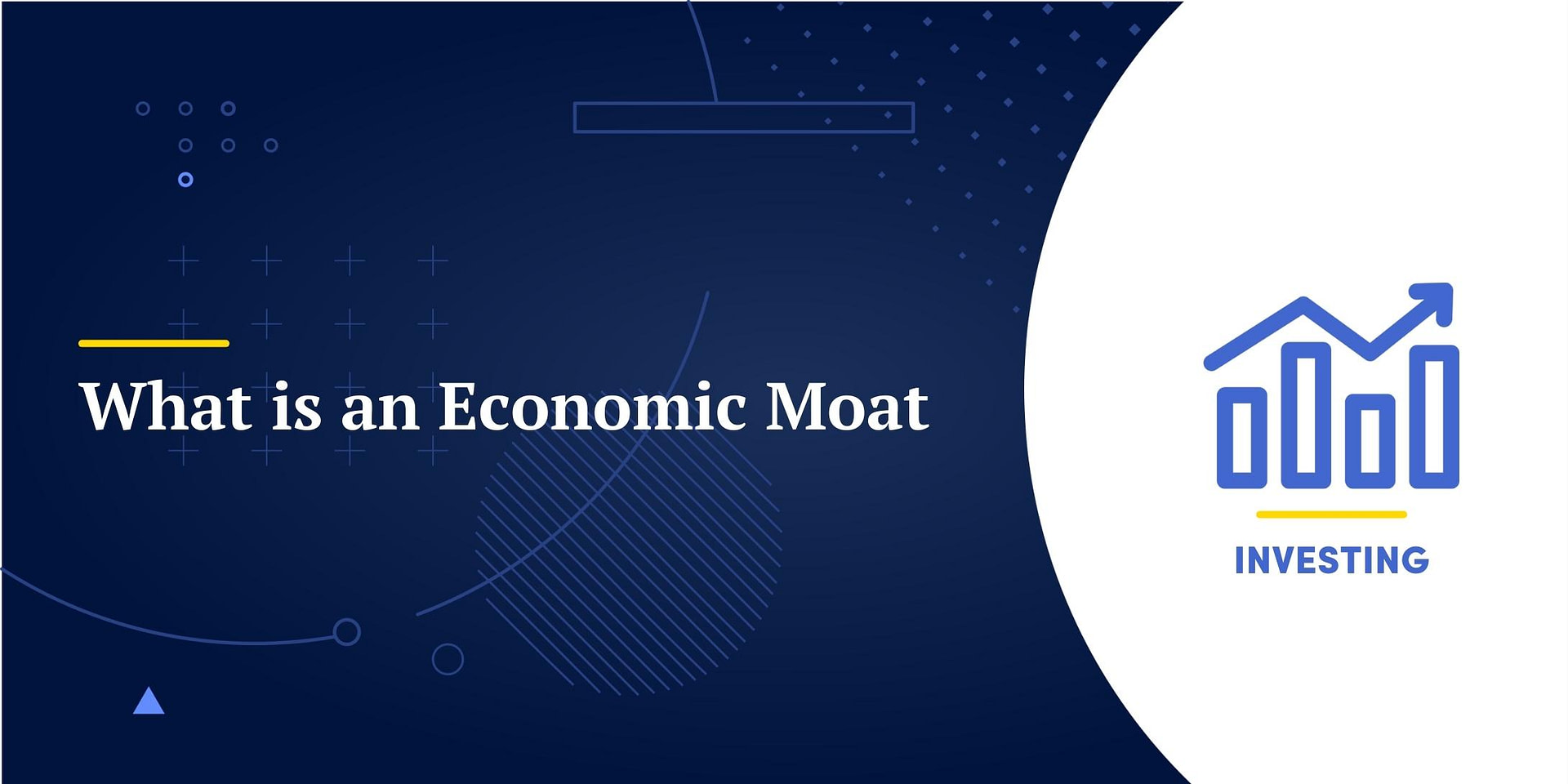10 Common Types of Moats
A moat is called a moat because of what it does: giving a durable edge to a business. This can be achieved in multiple ways, so there is considerable diversity in moat types. Ideally, a business will not rely on only one moat, but on several. This way, even if one loses its efficiency, the business model will still hold strong.
Below are some of the most common and important types of economic moats:
1. Economy of Scale
Being bigger is sometimes better. Larger production and more clients usually mean lower costs. Very large enterprises have a huge advantage when negotiating with suppliers of everything from subcomponents to employee health insurance, and often get far better prices than smaller, lower-volume competitors could. That gives them more pricing power.
In markets with a “winner takes all” dynamic (like e-commerce for example), size can provide protection in itself. Just think of TSMC, the leading maker of electronics chips, controlling more than 1/4 of the world market[1].
2. Switching Costs
It can very difficult or costly to change suppliers. This is especially true for very technical or unique products. In this case, consumers will stick to their existing provider, and only a vastly superior product might convince them to switch.
That moat is very frequent in B2B (Business-to-Business) software markets. For example, Enterprise Resource Planning (ERP) software is used to manage the operation of a whole company. Changing providers could take months or years and disrupt operations badly.
3. Patents, Intangible Assets, and Intellectual Properties (IP)
Patents give one company exclusive rights to a new product or process – for example, a new drug or a unique technology – to one company for a fixed period of time. This is a moat that can only be eroded by an even better innovation or technology or by the expiration of the patent or IP.
This can be non-tech companies as well, like for example, Disney or Nintendo’s intellectual property rights are unique and highly valuable.
4. Capital Costs
Capital-intensive industries are difficult to penetrate. For example, a new enterprise that wanted to compete with Boeing and Airbus in the commercial aircraft market would have to invest an enormous amount of capital even to design a product, let alone produce and sell it.
5. Brand and Trademark
Some brands are so powerful that people will buy them. It can be a luxury brand, but also well-known consumer products like Coca-Cola. Competitors will need to spend a lot of money on marketing to even start threatening the position of the dominant brand.
6. Network Effect
This is when a company or its product achieves dominance in its field to an extent that draws customers automatically.
This is a common moat for social media or e-commerce companies. People shop on Amazon because all the sellers are there. All the sellers are there because everybody shops on Amazon. People use Facebook because all of their friends are there.
7. Natural Monopoly or Oligopoly
Some companies have access to an irreplaceable resource. For example, an electric company might operate a series of dams over a large river. The power will be cheap to produce, and no one else can build on the same river.
An oligopoly is when an industry is structured with only 2-4 companies dominating the markets. This can give them unique advantages and pricing power.
8. Regulatory Advantage
Some companies have been given access to special authorization their competitors lack, like a special certification or an exclusive right to exploit specific mineral deposits.
9. Political Connections
This is a more controversial moat because it can be synonymous with corruption and political risk. It can be honest as well. For example, a defense firm that understands the inner workings of the Pentagon might propose a new system that’s perfectly in line with the new strategy.
10. Management and People
This is a very subjective moat, but a very real moat as well. Steve Jobs or Elon Musk are the type of leaders that propelled their companies to a level no one could imagine at the time. Or maybe a company has gathered the best minds and the best sales team in their industry, and replicating these advantages would be very costly and slow.


